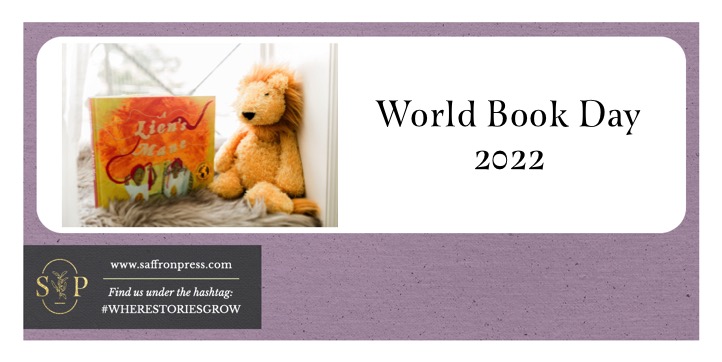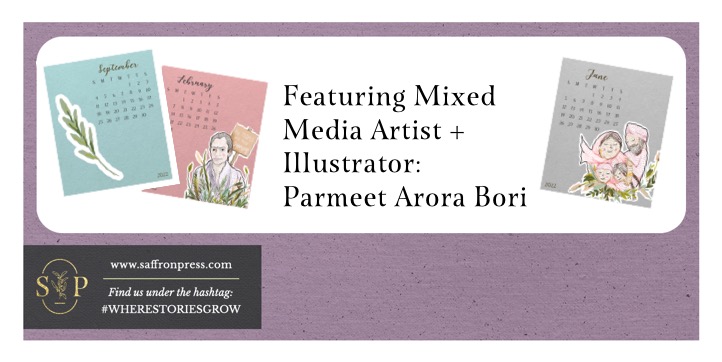
Welcome to Saffron Press
April 18, 2017
When People See You, What Would You Like Them To Know?
April 20, 2017The global political climate has certainly pushed many of us to reflect on social justice issues affecting people within our own communities as well as the broader world.
When we tell stories that go unheard, we are helping to build more open and accepting communities. Diverse books matter because they are the tools that offer children mirrors to see themselves reflected, and windows so they can peer out into the unknown. If bookshelves include stories about people who look just like you, and we only share stories with experiences similar to our own, we are limiting discovery, and critical literacy – the ability for children to ask questions and figure out their own thoughts and opinions.
I’ve often had educators share anecdotes about A Lion’s Mane. They’ve had a student start in Kindergarten who isn’t quite sure of himself until he sees himself reflected in a book on the teacher’s shelf. This is a turning point for that student. His experience goes from an exclusionary mindset, to one in which he feels like he belongs. I’ve had parents share how after reading A Lion’s Mane, their children have chosen to wear a dastaar to school for the first time. These are beautiful stories and remind me of why authentic voices matter.
Sadly, there are other stories too. Stories of where a gatekeeper of children’s books shared that she thought A Lion’s Mane was better suited to “your own community”. Stories of how a person saw A Lion’s Mane, but didn’t see an immediate need to include it on her shelf. After a year of being bullied, one Sikh child in her school cut off his long hair in the hope of “fitting in”. My heart broke on hearing this story, and the teacher was truly sorry. These are real stories. Stories that are happening to real children every day. Perhaps if the peers of this child had seen his identity represented in their library, they may have been prompted to ask more questions. Perhaps his parents could have been invited to share their own fears. Perhaps this young boy would not have felt compelled to part with his ancestral identity.
Stories like these have unfortunately become common occurrences of late, with hate rhetoric rising and refugees left stranded. In Canada, we keep our doors open, but we’ve also experienced the violent Quebec City attack, which left 6 Canadian Muslims dead. Canada has this image of being so polite and violence-free but racism is hidden in micro-aggressions here too. Unless you’ve lived those experiences though, you probably haven’t noticed.
Diverse stories written in authentic voices matter because history should never be repeated. On April 1st, 2017, the 55-foot Reconciliation Pole, carved by 7idansuu (Edenshaw), James Hart, Haida master carver and Hereditary Chief, was raised at the University of British Columbia, honouring the time before, during and after the horrific residential schools in Canada. 6,000 copper nails represent the indigenous children who died. These children were forced from their homes, their lives, their culture and heritage to fit an image that would never mirror their own. Diverse stories matter.
“The single story creates stereotypes, and the problem with stereotypes is not that they are untrue, but that they are incomplete. They make one story become the only story.” – Chimamanda Ngozi Adichie
Please open more windows and look in mirrors to see that a single story is never complete.






